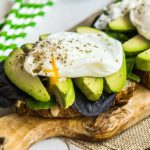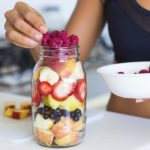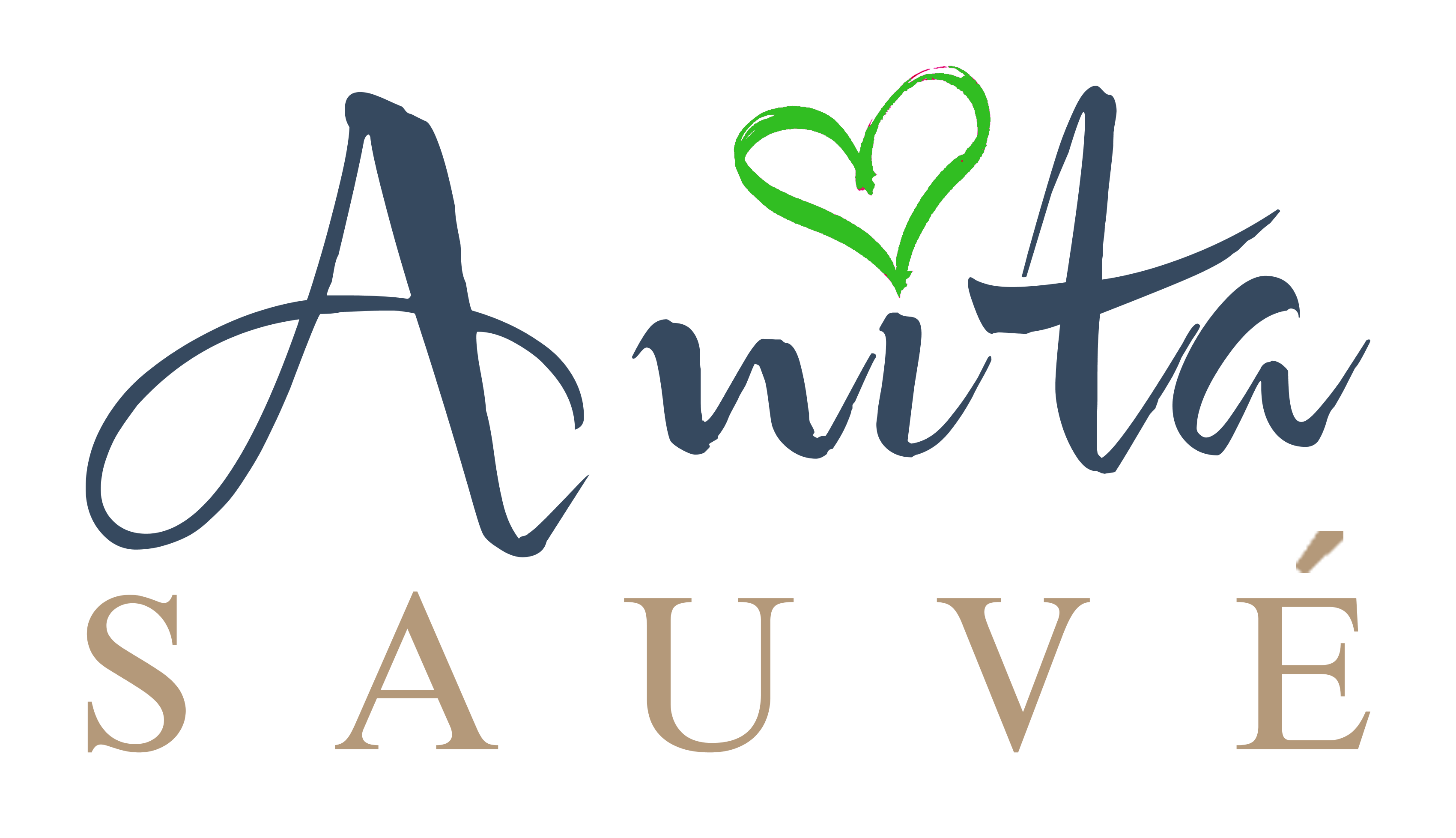Deciphering Food Labels
There is much confusion surrounding food labels. Words like…cholesterol free, source of fibre, reduced fat, organic, light and natural… Do these terms have real merit or are they marketing gimmicks to sell more product? Let’s take a look!
First, consider the nutrition facts table required on most processed foods in Canada. This table first tells us the number of calories per serving of the food. This is important because we may assume that the package contains a single serving when in fact it contains two servings. This leads us to believe that we are eating only eating half the calories. So the first step is to determine how many servings per package.
In addition to number of calories, the nutrition facts table tells us the value per serving of 13 nutrients. These are: fat, saturated fat, trans fat, cholesterol, sodium, carbohydrate, fibre, sugars, protein, vitamin A, vitamin C, calcium and iron. So why do we need to know these values? The first three are fats. Contrary to popular belief, it isn’t necessarily the fats in food that make us fat…but the sugars. Not to worry, we will come back to that thought.
Let’s look at the term “reduced fat”. If a product has been reduced in fat compared to its regular version then it generally has to have something added back in order to make it taste good to us. Most often this means added sugar or salt. Similarly, “cholesterol free” is really a term that has little meaning. Many foods can be cholesterol free but full of added sugars.
The fats that we absolutely want to avoid are trans fats. Most trans fats in our diet come from processed foods such as fast food, baked goods and margarines made with partially hydrogenated oils. These trans fats have been linked to increased heart disease risk. Scary thought considering margarine was touted as so much more heart healthy than naturally sourced butter. It turns out our man-made food is far more dangerous! So we want to look for foods containing no trans fats. But be careful…trans fats by law are allowed to be rounded down to zero if the food meets certain conditions. See www.inspection.gc.ca for more information.
So, back to the sugars. Sugar, sugar alcohols and fibre are all included under the heading of carbohydrates on nutrition labels. In recent years there has been a surge of low carbohydrate diet plans. These plans are used by people to reduce weight and also to control blood sugar imbalances. But not all carbohydrates are created equal. For example, while it is true we should restrict excess carbohydrate intake…our bodies do need some carbohydrates. There is much difference between refined grains as a source of carbs (these have been stripped of many other nutrients) and nutrient dense fresh vegetables which contain numerous vitamins and minerals.
Some products contain a “net carb” calculation. This is normally determined by subtracting the grams of fibre in a serving from the total grams of carbohydrates. Fibre is not fully digested by the human digestive tract and therefore does not contribute to increased blood sugar. If there is more than 5 grams per serving of fibre then the total fibre content is subtracted from the carbohydrate count to determine net carbs. But in some foods, synthetic fibre is added in which case it may not be treated the same way by the body and you can only subtract half the amount. This is often the case with low carb protein bars and drinks. Similarly, sugar alcohols do not fully break down and may be deducted from total carbohydrate count but they may also cause digestive upset such as diarrhea, gas and abdominal cramping. Sound like fun? The best idea is to stick to foods which require no labels such as… you guessed it…vegetables!
Sugar is another ingredient which we need to reduce our intake of. Concentrated sugar in natural foods is relatively rare. Unfortunately, processed foods contain lots of it. On food labels, sugar can appear as cane sugar, brown sugar, maple sugar, agave, honey, molasses, sukanat, high fructose corn syrup and anything that ends in an “ose”. The average North American consumes 150lbs of sugar per year and one can of pop may have up to 12 teaspoons in it! So, when comparing nutrition labels, always go for the ones with less sugar. Stevia is a good natural alternative which has no impact on blood sugar levels. It is actually an herb that tastes many times sweeter than sugar.
Another confusing component of food labels is the word “natural”. In Canada there are no regulations on the use of this word. Just because something is natural does not mean it is healthy. Take for example mercury and cultured celery extract. Both occur naturally but are definitely not healthy. Mercury is a poison, while celery extract is a naturally occurring source of nitrates which have been linked to cancer. Carrageenan is another natural food additive that has some health implications.
On the other hand, the use of the word “organic” is regulated in Canada. In order to be certified organic, 95% of the content must be organic. These foods are less likely to contain pesticides which place an extra burden on our already overworked livers to remove. In some cases, they may be more nutritious than their conventional counterparts as well. Certified organic products will contain the Biologique Canada Organic logo.
Other ingredients on food labels that should be avoided include artificial colourings, artificial sweeteners (really anything artificial! Who needs that?), MSG, sodium and nitrates. Artificial colours have been linked to allergies, hyperactivity and cancers. Artificial sweeteners may affect the nervous system and have a long list of other adverse effects. MSG is a common irritant that can produce symptoms such as breathing difficulty, increased heart rates, headaches and nausea. Sodium is linked to increased blood pressure and we get the majority of our sodium in seemingly healthy processed foods such as vegetable juices and soups. Nitrates are used as preservatives in meats and are linked to increased cancer risk and higher chances of type I diabetes.
The bottom line? Try to make the majority of your diet from unprocessed foods that require no nutritional labels. This includes fresh fruit and vegetables, whole grains, nuts and seeds, healthy free range meat and eggs, wild caught fish and good quality oils. ——————Originally published in Nourish Magazine












